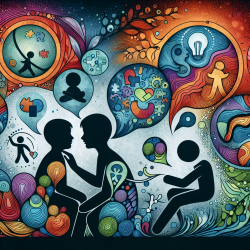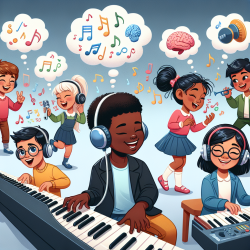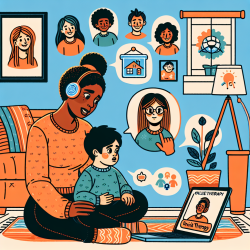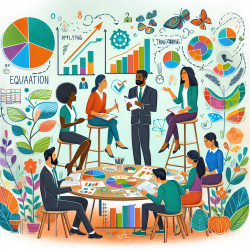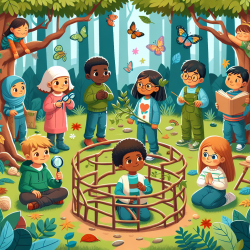Introduction
Autistic children often face unique challenges in forming and maintaining friendships, which can lead to increased feelings of loneliness. Recent research titled Sex differences in friendships and loneliness in autistic and non-autistic children across development provides valuable insights into how these dynamics differ across sexes and developmental stages. Understanding these differences can help practitioners tailor interventions to improve social outcomes for autistic children.
Key Findings
The study explored how autistic and non-autistic boys and girls define friendship and experience loneliness. It found that:
- Girls, regardless of diagnosis, were more likely to emphasize personality traits when defining friendship.
- With age, children increasingly valued dependability and intimacy in friendships.
- While most children reported having friends, some autistic adolescents were unsure about their friendships.
- Autistic children reported feelings of loneliness more frequently than their non-autistic peers.
Implications for Practitioners
These findings suggest several strategies for practitioners:
- Focus on Quality Over Quantity: Encourage autistic children to develop deeper, more meaningful friendships rather than focusing solely on the number of friends.
- Gender-Specific Interventions: Recognize that autistic girls may experience social interactions differently than boys and may require tailored interventions that address their unique social motivations and challenges.
- Age-Appropriate Strategies: As children age, emphasize the importance of intimacy and dependability in friendships, helping them navigate these more complex social dynamics.
- Address Loneliness Directly: Implement programs that not only teach social skills but also focus on reducing loneliness by fostering genuine connections.
Encouraging Further Research
While this study provides valuable insights, it also highlights the need for further research, particularly in understanding the nuances of friendship quality and reciprocity among autistic children. Practitioners are encouraged to engage with ongoing research and contribute to a growing body of knowledge that can inform practice and policy.
Conclusion
Understanding the complexities of friendships and loneliness in autistic children is crucial for developing effective interventions. By focusing on these areas, practitioners can help improve the social experiences and overall well-being of autistic children.
To read the original research paper, please follow this link: Sex differences in friendships and loneliness in autistic and non-autistic children across development.
